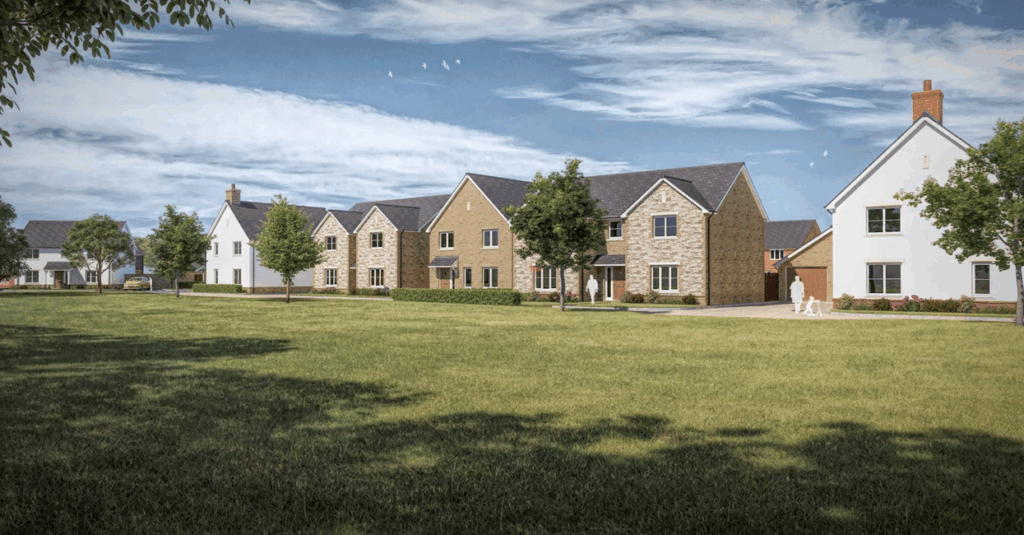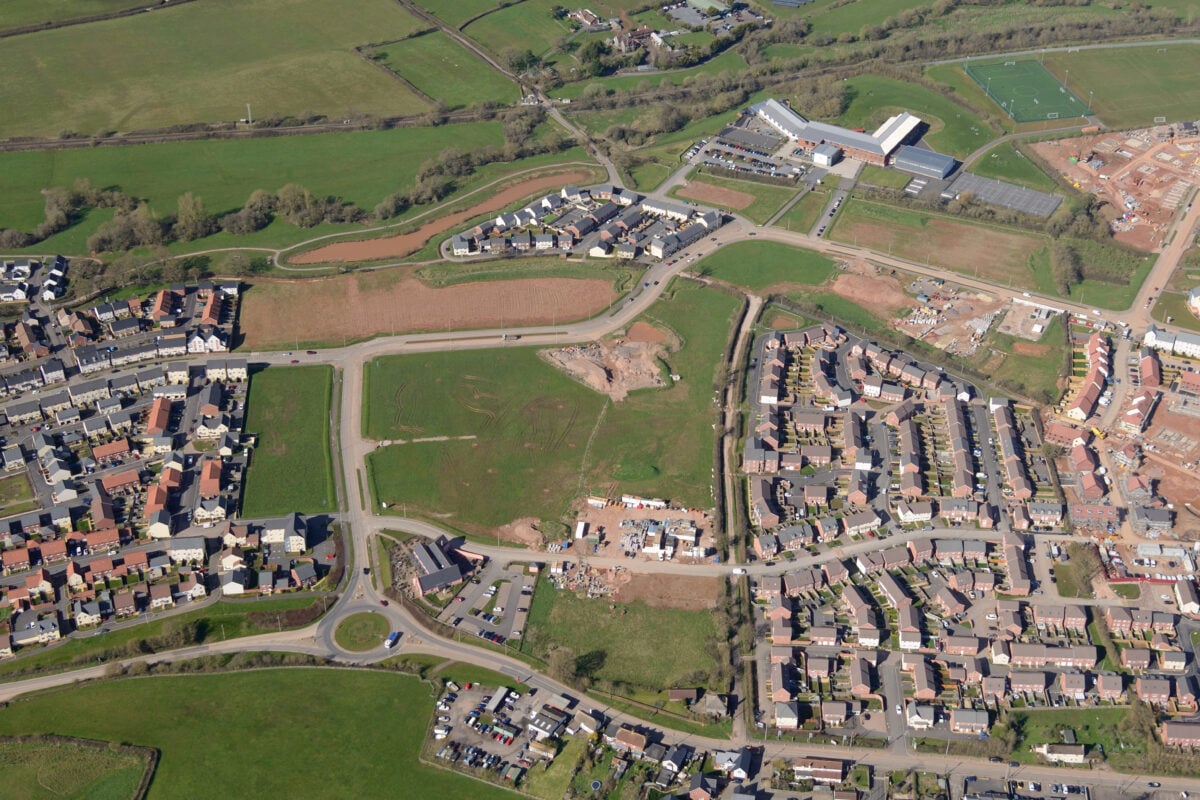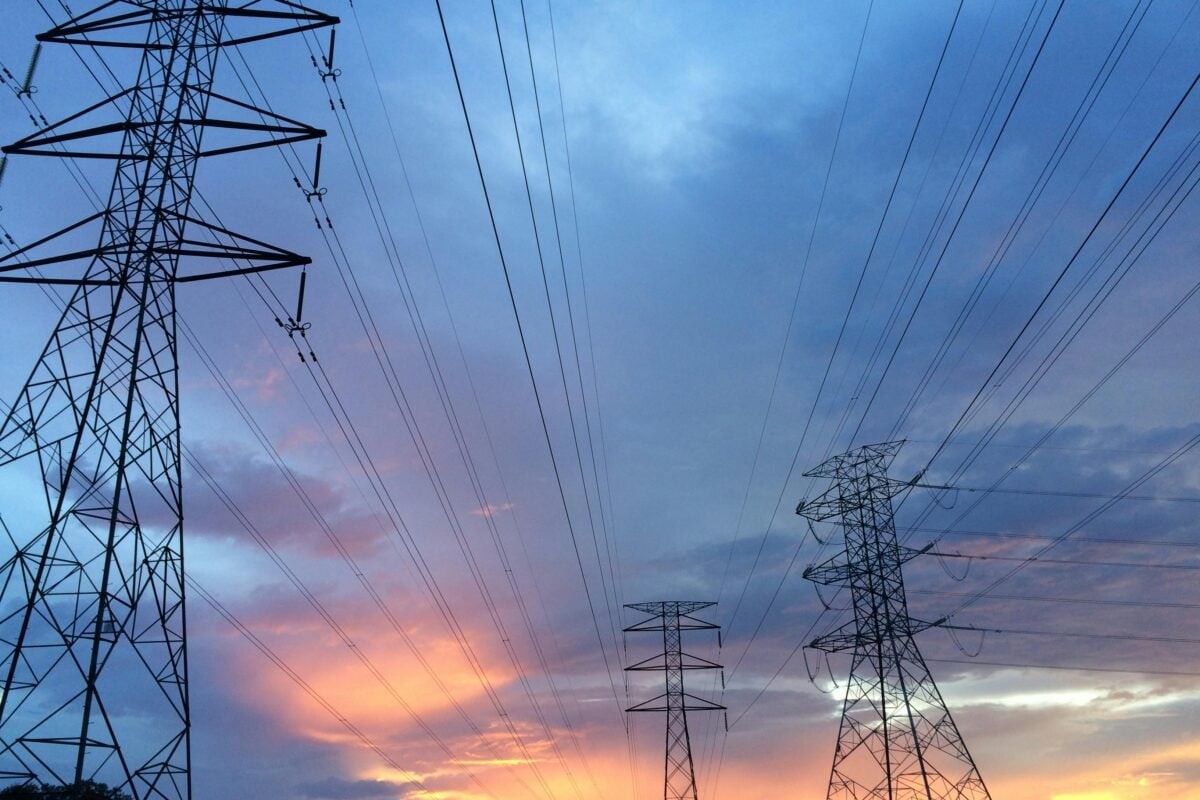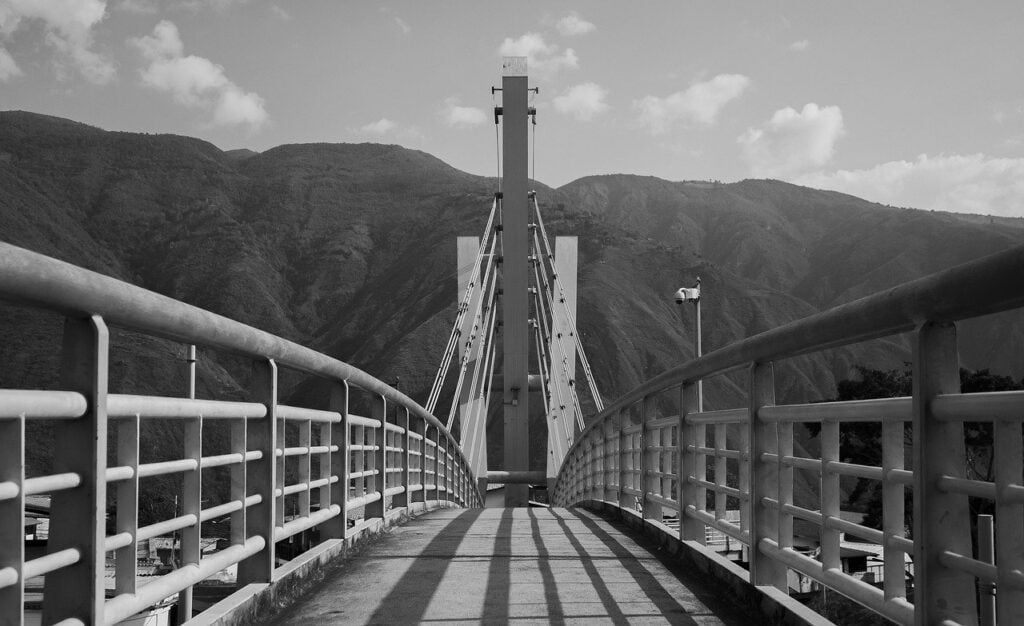As the UK transitions toward electrification and smarter energy systems, utility planning has become a critical factor in unlocking large-scale development. The conversation dives into the challenges, opportunities, and innovations shaping how utilities are delivered to strategic sites.
Strategic Utility Infrastructure – A New Standard
The episode opens with a general overview of utility infrastructure for strategic sites, highlighting how these developments differ from traditional schemes. With larger footprints, longer build-out periods, and more complex stakeholder environments, strategic sites require a more integrated and forward-thinking approach to utility planning.
Multi-Utility Procurement – Master Developers vs. Traditional Models
Mat and Emily discuss the nuances of multi-utility procurement, especially for master developers. Unlike single-phase developments, strategic sites often involve multiple phases, land parcels, and delivery partners—making procurement routes more complex. The team outlines how master developers can benefit from early engagement with utility providers and flexible procurement strategies to future-proof their schemes.
Electrification and NAVs – Changing the Utility Landscape
The shift to electric heating and the increasing role of NAVs (New Appointment and Variations) are reshaping how utilities are delivered. The podcast explores how these changes impact infrastructure design, capacity planning, and regulatory engagement. Developers must now consider not just power availability, but also how to integrate low-carbon technologies and alternative network operators into their strategies.







